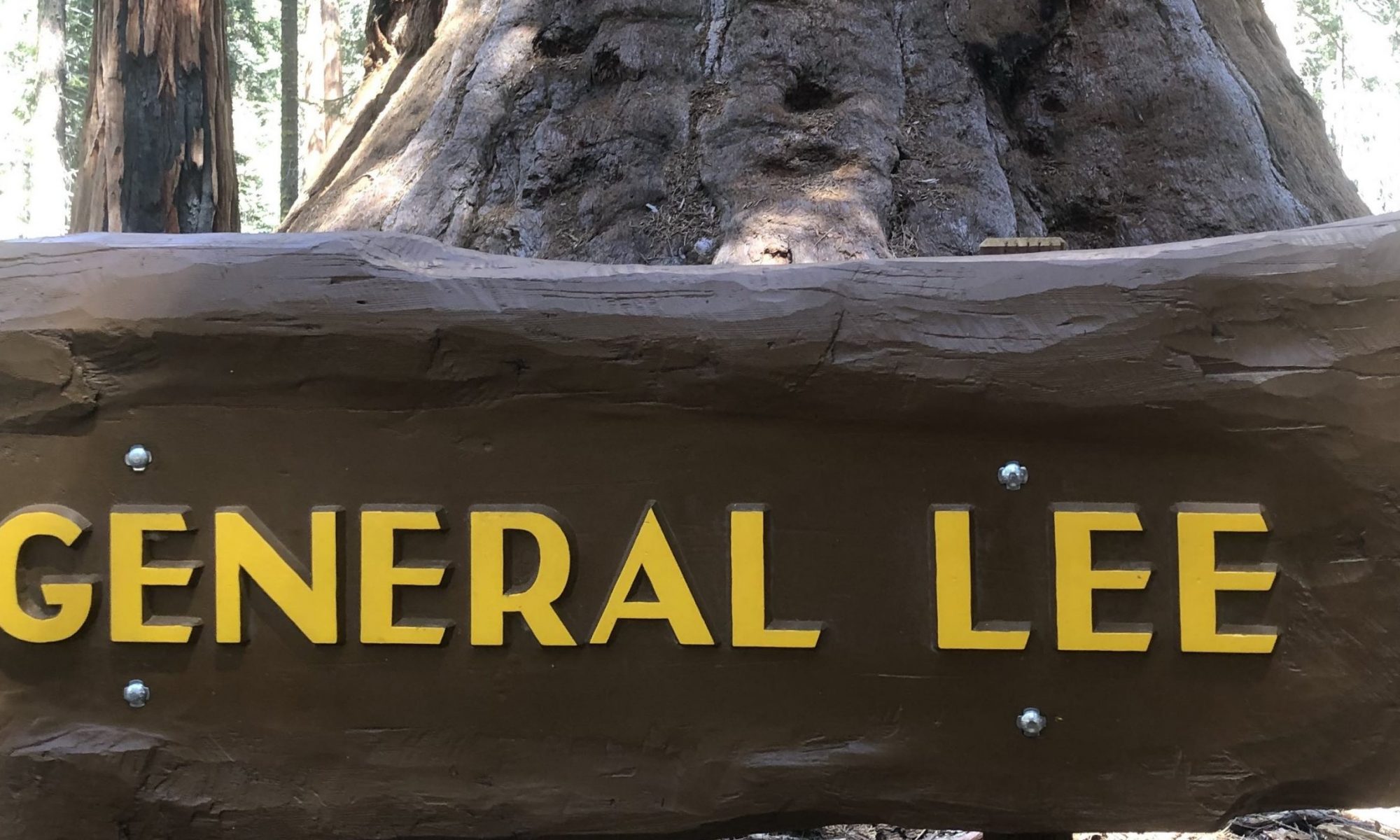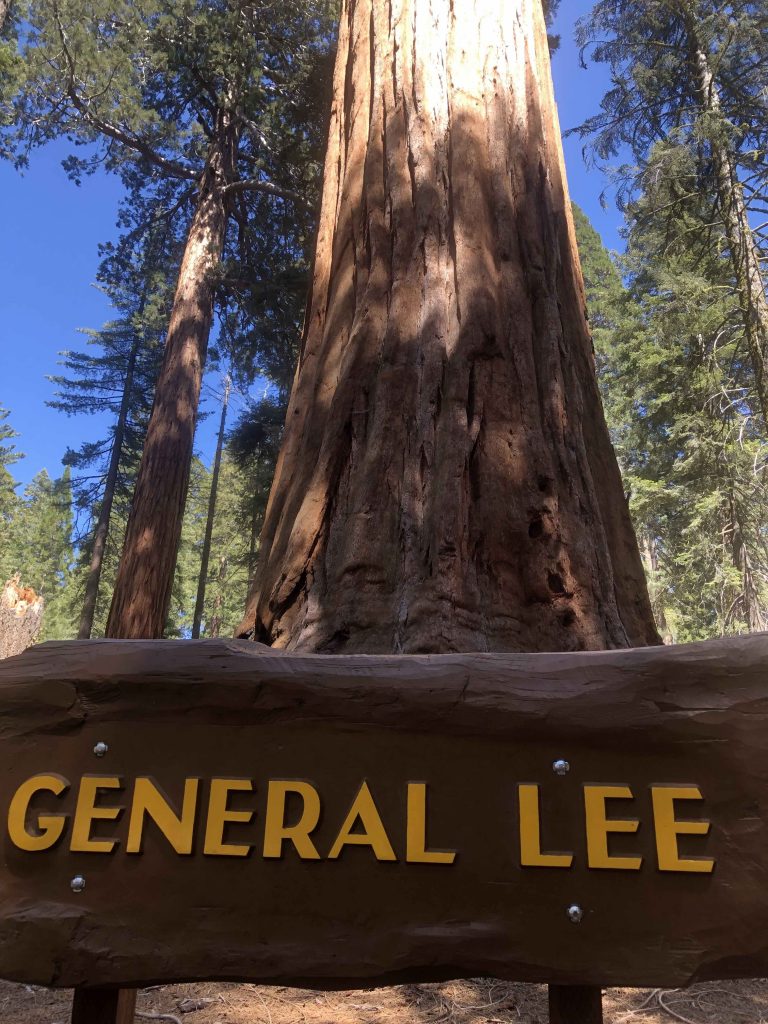For Memorial Day, consider a fitting tribute to the dead: Unity in America
Memorial Day began after the Civil War as “Decoration Day,” a day to decorate the graves of fallen soldiers. You would think that remembering the dead would help us find common ground. But memory can polarize.
Abraham Lincoln’s Gettysburg Address is a Memorial Day mainstay. Delivered during the war, the speech was both a memorial and an exhortation. He called on Americans to complete the task for which the heroes of Gettysburg had died, to preserve the Union so that “government of the people, by the people, for the people, shall not perish from the earth.”
But there are difficulties. What about the rebel soldiers who died at Gettysburg? Should they be memorialized as well? This question lingers as we reconsider schools and military bases named for Confederate soldiers. The nation continues to struggle with how we remember the American legacy of slavery, segregation and war.
One obvious solution would be to stop naming buildings after people. A recent debate about school naming in Fresno shows us the problem. Maybe we should name schools after concepts instead of people. How about schools named “Liberty,” “Independence,” “Imagination,” or “Kindness”?
Memorials, including our use of names, are ultimately expressions of value. They make an assertion about what the living hold dear. Do the dead care about these memorials? I doubt it.
When Socrates was asked whether he wanted his body buried or burned, he shrugged. He joked, “do whatever you want with me—if you can catch me.”
Since he would no longer be there, it didn’t matter to him what happened to his corpse. He asked his friends to make sure his debts were paid and his sons were educated. He was indifferent to the rest.
This indifference opens the door to significant questions about how and why we memorialize the dead. The dead are no longer here to enjoy their memorials. Some people believe that ghosts haunt the cemeteries. But I doubt the dead care how we honor them. From the vantage point of eternity, our memorials must seem unimportant.
Eternal values transcend our petty squabbles about names and monuments. Names are powerful symbols. A school named for Abraham Lincoln means something different than a school named for Robert E. Lee. But those symbols have meaning for us. Our memorial tributes are for the living. The dead have moved on.
Decoration Day began as a day to bring color and life into the cemeteries of the Civil War. It also functioned to heal a divided nation. Flowers decorated both Union and Confederate graves. Lilacs and roses were preferred, in the colors of red, white and blue.
This memorial process aimed to build unity. Despite the war, the Civil War dead were all, in a sense, Americans. Death can bring us together, if we let it. Our differences fade away in the face of eternal sleep. Mourning widows and grieving comrades share something in common that transcends party, color or creed.
A Decoration Day poem by Henry Peterson suggested that the fallen of the Civil War were “foes for a day but brothers for all time.” Peterson continued, “we all do need forgiveness, every one.” And, “in the realm of sorrow all are friends.”
Death is a great leveler and equalizer. So too is grief and mourning.
Lincoln’s Gettysburg Address proclaimed that the living must be dedicated to the “unfinished work” of those who fought and died. But Lincoln’s vision was broader than a battlefield. In his Second Inaugural, delivered a month before he was assassinated, Lincoln called for malice toward none and charity toward all, while asking the nation to care for the widows, the orphans and the wounded warriors.
The work of compassion and justice is a tribute to the fallen. We honor the dead by loving the living and creating ways to eliminate ignorance, injustice, hatred and fear.
The Civil War reminds us of the danger of polarization. Today our nation is divided, but not hopelessly so. A fitting tribute to the dead would seek to overcome the differences that divide us. We are all Americans, after all. And one day every one of us will be on the receiving end of the lilacs and the roses.



